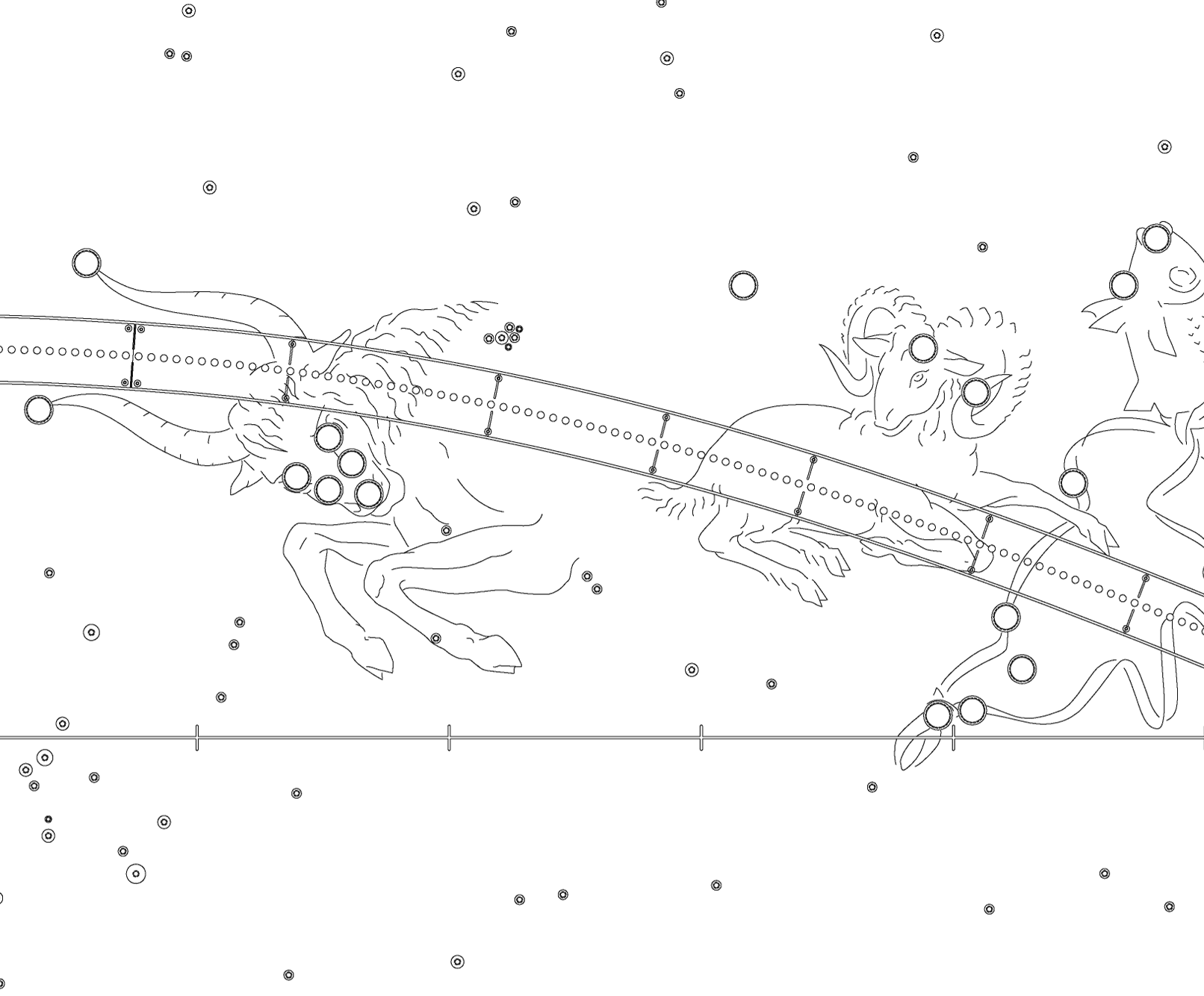The Active Sun

When we observe the Sun, we are looking at an active star. We measure its temperature and watch its outer atmosphere to understand how it works. The visible surface of the Sun appears to be in full boil. Often, we can see sunspots through the turbulence. These magnetic storms appear dark because they’re cooler than the surrounding areas.
Occasionally, solar flares and coronal mass ejections send glowing gas and charged particles through the Sun’s million-degree corona. These form the solar wind that streams out past the planets.








